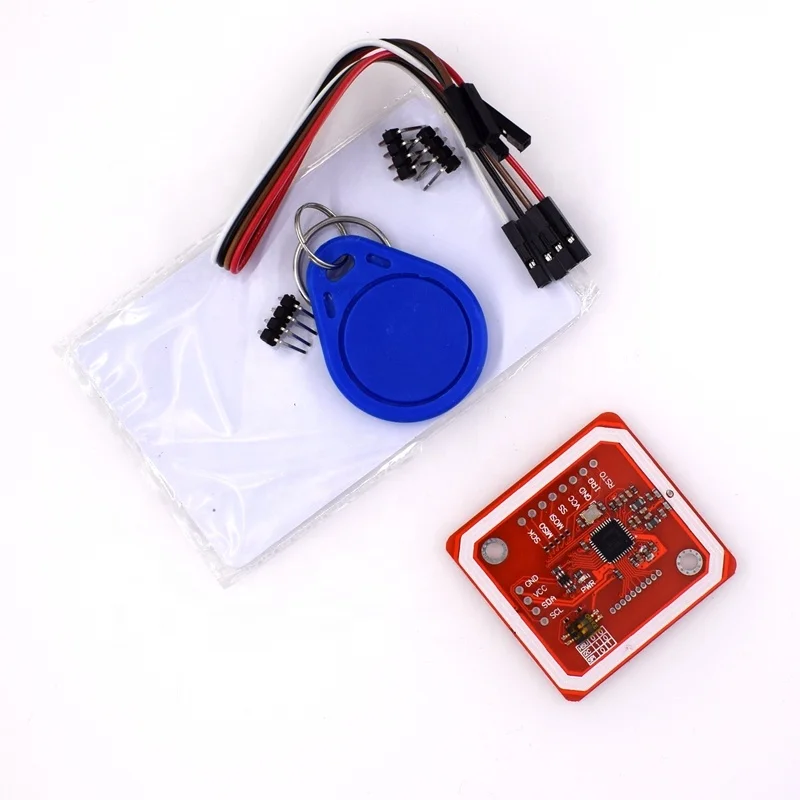

We know that the Radio frequency range is from 3 kHz to 300 GHz but the RFID generally uses Radio frequencies in ranges within the Radio frequency (RF) band categorized as below: In case of an active RFID tag it detects the signal from the reader only to trigger the circuit and make the tag ready to send the data to the reader, since active tags have built-in power source. Note that the above explanation is for a passive RFID tag. When the signal comes back from the tag through the antenna of RFID reader it is fed to the demodulator and then decoded by a decoder where the original data can be obtained and then further processed by a microcontroller or a microprocessor to perform a specific task. The same way the signal came in, it is sent out through the same coil into the air.Īs discussed earlier the RFID reader also has a transceiver in it. Once the microchip gets powered up, its function is to send the data (unique ID) which it is stored in it. This converted signal alone is sufficient to power up the microchip present in the tag. When a RFID tag comes in the proxmity of the RFID reader the tag detects the readers signal through a coil present in it which converts the received RF signal into a electrical signal. The RFID reader signals are everywhere with it’s promity to detect a tag. With all these improvements the signal is now ready to be transmitted which can be done by an antenna which converts the electrical signal into a electromagnetic signal. So when it is ON, the oscillator in it generates a signal with a desired frequency but as the signal strength will be very less (which may lead to fading off the signal if it is transmitted directly) it has to be amplified which can be done using an amplifier circuit, inorder to propogate the signal to a longer distance we need to modulate the signal which is done by a modulator. How does RFID work? Working principle of RFID systemĪ RFID reader stays powered on all the time and is normally powered from an external power source.

Transceiver: It can be used either as a transmitter or a receiver.It is a device which consists of an antenna, transceiver and a decoder. Now let us discuss about each components in the block diagram construction briefly. We will learn more about the tags later in this article, a simple RFID system can be represented using the below block diagram.
Card writer module portable#
The tag will often be small and portable with little to no electronics in it. RFID door locks and RFID attendance system are very popular now days and many hotels provide provide RFID tag to their customer to lock and unlock the door.Īny RFID System will consist of a RFID reader and a RFID tag. With this feature most of the system can be automated and human intervention can be minimized because the tag can be scanned and billed automatically when it reaches the RFID reader. Meaning you do not need a human to search for the barcode and point the barcode scanner on it. Similar to barcode the RFID can also give unique identification number to all products but the added advantage is unlike the barcode system’s line of sight, this system can detect the RFID tag within its proximity range. Today in most cases barcodes are used for identifying an item in a warehouse or a supermarket using a barcode scanner, this existing system can be upgraded with the RFID technology. Before discussing more about the RFID, let’s see the uniqueness of this technology and its general application.

The RFID systems consists of RFID Reader and a tag which is normally used in identification and tracking of objects. The term RFID stands for Radio Frequency Identification, as the name defines the operation of the device is based on the Radio frequency signals.


 0 kommentar(er)
0 kommentar(er)
